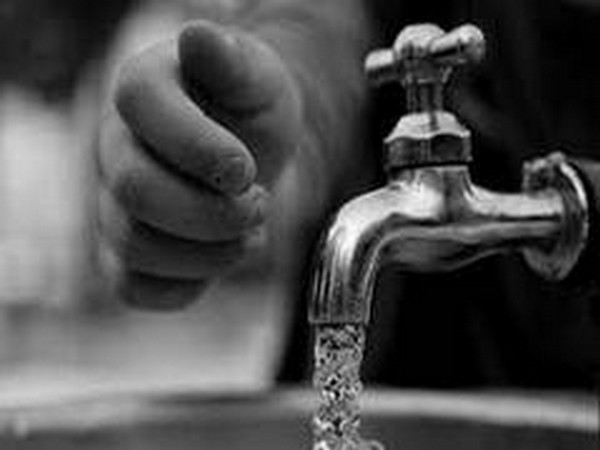India: Government efforts turning water conservation into a mass movement
Resonating with the idea of 'Vasudhaiva Kutumbakam' -- the world as one family, India has remained at the forefront of many global initiatives and the government led by Prime Minister Narendra Modi is making further efforts toward water conservation making it a mass movement of its own.

- Country:
- India
Resonating with the idea of 'Vasudhaiva Kutumbakam' -- the world as one family, India has remained at the forefront of many global initiatives and the government led by Prime Minister Narendra Modi is making further efforts toward water conservation, making it a mass movement of its own. The government led by PM Modi has taken numerous measures in creating a focused ministry for water resources to implement a holistic conservation approach. With the renewed emphasis of this government, the issue received a shot in the arm with the boost to the cause in the last few years.
Apart from the river interlinking projects, the government has supported an innovative approach towards schemes with the 'Pradhan Mantri Krishi Sinchai Yojana', 'Per Drop More Crop', 'Namami Gange and Jal Jeevan Mission'. With the Jal Jeevan Mission's launch in 2019, around 90 million households have been provided with similar water connections at a rapid pace over the last two years alone, reported Oman Observer. At this stage, around 125,000 villages in 100 districts can boast of adequate infrastructure to have enabled water supply in every household. Therefore, one could state with confidence that India has been able to manage the tough balancing act of meeting the expectations and well-being of over a billion lives as well as ensuring ecological advancement.
An interesting initiative to help with such conservation has been the newly-launched campaign 'Catch the Rain.' Simply put forth to prepare public awareness programs and special action plans for rainwater conservation in the country, the emphasis is laid on ensuring arrangements for rainwater harvesting before the onset of the monsoon. Tree plantation, cleaning, puddle construction, and other awareness-related drives are conducted as part of this campaign to create a mass movement of its own.
Efforts have been made to make proper and judicious use of water through the dam safety rehabilitation programmes. With about 5000-odd dams in India, these infrastructural tools possess the power to play a significant economic, political, geographical and social role to play in the region. However, due to the lack of regular maintenance until now, water was wasted/improperly utilised, life and property were at risk, crops were damaged, and villages were inundated. With that in mind, a Dam Safety Bill has also received the seal of approval from the Indian Parliament to ensure that necessary steps towards safety are undertaken along with better utilisation of water resources.
There are many technological advancements in the field of water conservation. It is important to note the peculiarity of the fact that water bodies are often frozen in areas with freezing temperatures. This forces people to dig ice and drink it after melting. However, the usage of High-Density Poly Ethylene (HDPE) pipes in place of the normal GI pipes has ensured a constant water supply chain to people's homes, schools, and Anganwadis, reported Oman Observer. Not only the issue of water conservation is addressed by the usage of water that would have been wasted otherwise, but these technological advancements also ensure water quality safety with the deployment of Field Test Kits. (ANI)
(This story has not been edited by Devdiscourse staff and is auto-generated from a syndicated feed.)










